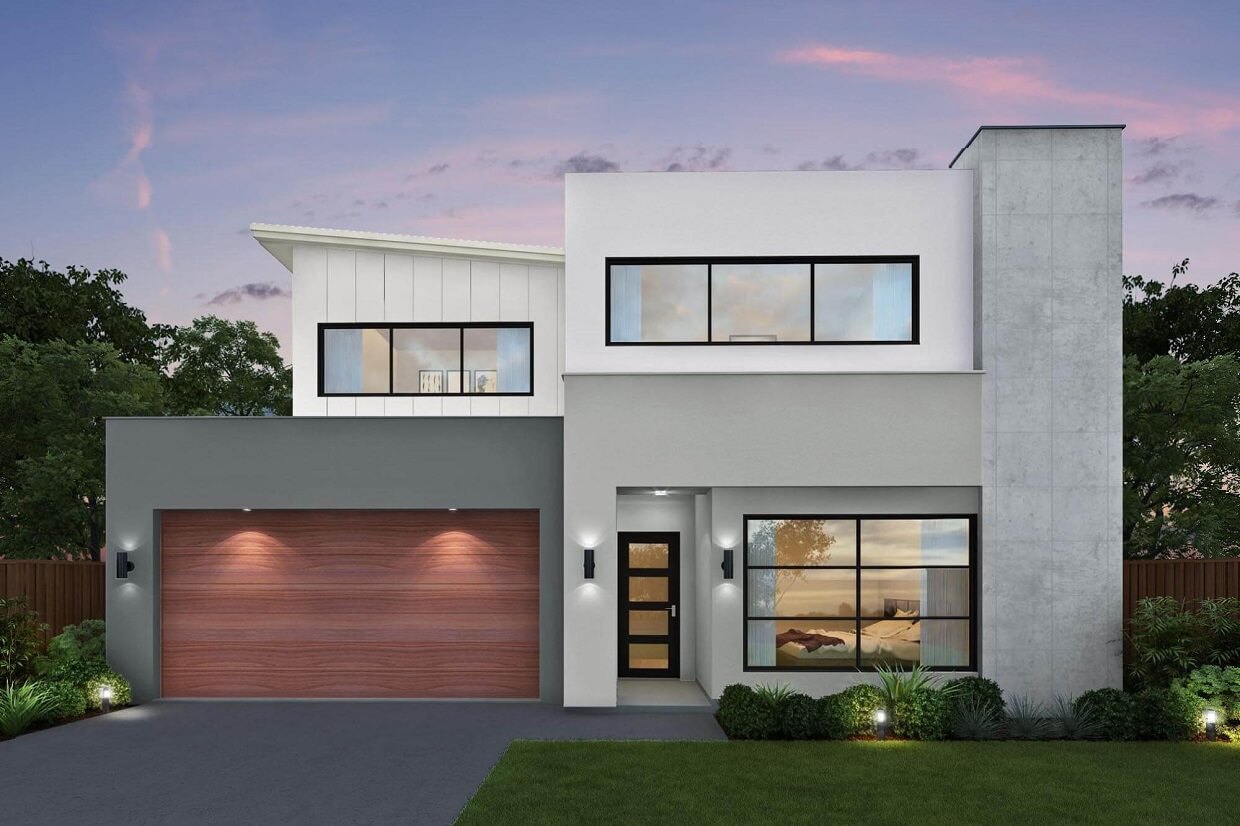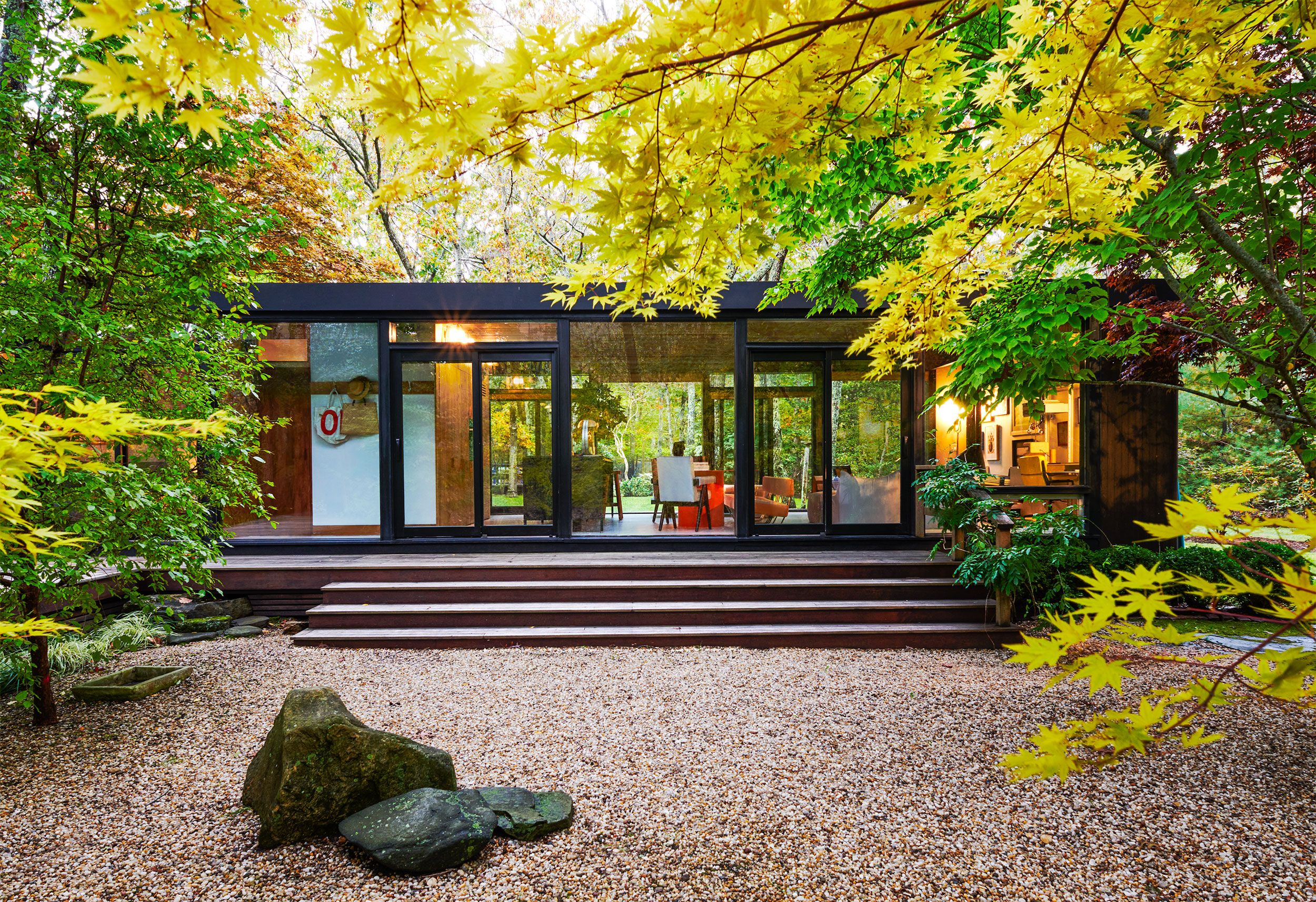Advanced Techniques in Sustainable Residential Building for Modern Communities
Advanced Techniques in Sustainable Residential Building for Modern Communities
Blog Article
Why Modern Home Architecture Is Essential for Sustainable Living Today
The assimilation of modern-day home style into lasting living techniques is progressively recognized as a critical element in addressing ecological obstacles. By leveraging cutting-edge products and energy-efficient layouts, modern homes not just minimize eco-friendly footprints yet additionally enhance the quality of life for their inhabitants.
Cutting-edge Products and Techniques
Over the last few years, the assimilation of cutting-edge materials and methods has transformed contemporary home architecture, with countless architects and home builders embracing lasting techniques. The application of materials such as bamboo, recovered wood, and recycled metal not just reduces environmental effect but likewise enhances the visual charm of homes. Bamboo, as an example, is a rapidly renewable resource that uses remarkable strength and convenience, making it an ideal option for structural elements and surfaces.
Furthermore, advanced construction methods, such as modular building and 3D printing, have actually become substantial factors to sustainability. Modular building and construction enables for lowered waste and shorter building times, while 3D printing enables accuracy in creating complex styles with minimal product use. These techniques not just streamline the structure procedure yet additionally reduced the carbon impact connected with standard building practices.
In addition, the use of ingenious insulation materials, such as aerogels and phase-change products, boosts thermal performance, enabling homes to maintain comfy temperatures with less power usage. As designers proceed to check out and execute these new materials and techniques, the possibility for producing sustainable living environments comes to be significantly practical, inevitably causing a more liable approach to home architecture.
Energy Performance in Style
Lots of homeowners are increasingly focusing on power efficiency in their architectural layouts, recognizing its essential duty in decreasing energy expenses and minimizing ecological impact. Effective energy-efficient design starts with the alignment and design of a home, making the most of natural light and ventilation. This can considerably lower dependency on artificial lighting and mechanical home heating or cooling down systems.
The selection of high-performance insulation materials and energy-efficient home windows plays a crucial role in keeping a comfortable indoor climate, lessening warmth loss in winter months and keeping insides cool down throughout summer. melbourne home residential projects. Including easy solar style principles can harness sunlight for home heating, thus reducing the need for standard energy sources.
Lasting building methods also consist of using energy-efficient devices and components, which add to lower power usage over the life expectancy of the home. By integrating lasting methods right into the style phase, designers can create homes that not just fulfill aesthetic choices yet also abide by rigid energy efficiency criteria.

Assimilation of Smart Technology
The combination of wise innovation into modern home design represents a transformative technique to boosting both ease and sustainability. By incorporating smart systems and gadgets, homeowners can optimize power consumption, enhance day-to-day tasks, and enhance total lifestyle. Smart thermostats, for example, enable for accurate temperature control, adjusting to locals' routines and preferences, which substantially lowers power waste.
Additionally, clever lighting systems can be programmed to readjust based on all-natural light accessibility, ensuring that power is made use of efficiently throughout the day. These systems not only minimize power usage however additionally extend the lifespan of illumination components - melbourne home residential projects. Additionally, wise appliances add to sustainability by providing real-time data on energy usage, making it possible for home owners to make informed decisions regarding their intake habits
Home automation systems promote smooth assimilation of different technologies, allowing control from a solitary user interface. This interconnectedness encompasses safety and security systems, water management, and climate controls, developing an all natural approach to lasting living. Inevitably, the incorporation of smart innovation into modern design not only enhances capability but also lines up with the more comprehensive goals of environmental stewardship, making homes a lot more durable and versatile in an ever-evolving globe.
Effect on Urban Planning
Smart innovation not just try this website enhances specific homes but also significantly influences metropolitan planning, reshaping exactly how cities are developed and function. The combination of clever systems in modern architecture enables for extra efficient resource monitoring, which is vital in urban environments where room and resources are limited.
Cities progressively take advantage of information analytics and IoT (Internet of Points) tools to optimize website traffic circulation, energy consumption, and civil services. For example, clever grids can handle electrical energy use in genuine time, reducing both expenses and discharges. By focusing on lasting methods, urban organizers can develop resilient facilities that adapt to ecological changes and population growth.
Moreover, modern home architecture motivates mixed-use developments that advertise walkability and decrease dependence on automobiles, further lowering urban carbon footprints (melbourne home residential projects). Public rooms are designed with sustainability in mind, integrating environment-friendly roofings, urban yards, and absorptive pavements that boost biodiversity and take care of stormwater properly
Enhancing High Quality of Life
Integrating sustainable layout concepts into contemporary home design significantly enhances lifestyle for residents. By focusing on power performance, natural light, and sustainable products, these homes develop environments that promote wellness and convenience. Thoughtful style aspects, such as open layout and large home windows, not only minimize energy consumption but additionally promote mental health and wellness with increased direct exposure to reference all-natural light and outside sights.
In addition, contemporary sustainable homes commonly integrate green areas, such as yards or eco-friendly roofs, which add to improved air quality and supply locals with chances for leisure and recreation. These rooms encourage a connection with nature, boosting total mood and minimizing stress and anxiety levels.
Furthermore, using sustainable products can decrease environmental influence, leading to healthier indoor settings by reducing unsafe chemicals. This concentrate on well-being extends beyond specific homes to neighborhoods, as areas designed with sustainability in mind often consist of walkable areas, advertising physical task and social communication among residents.

Final Thought
Finally, modern-day home architecture plays an important function in promoting lasting living via the incorporation of ingenious materials, energy-efficient designs, and smart technologies. This approach not only addresses prompt ecological problems but also contributes to the lasting health of communities. By enhancing metropolitan preparation and prioritizing the top quality of life, contemporary building techniques create harmonious home that line up with environmental principles, ensuring a lasting future for generations to come.
Report this page